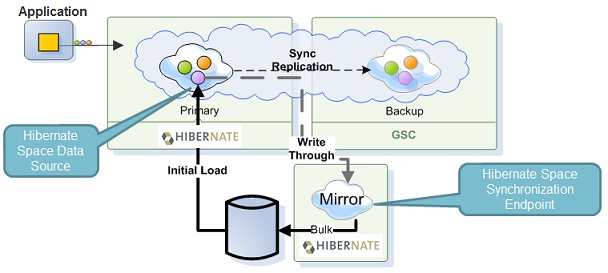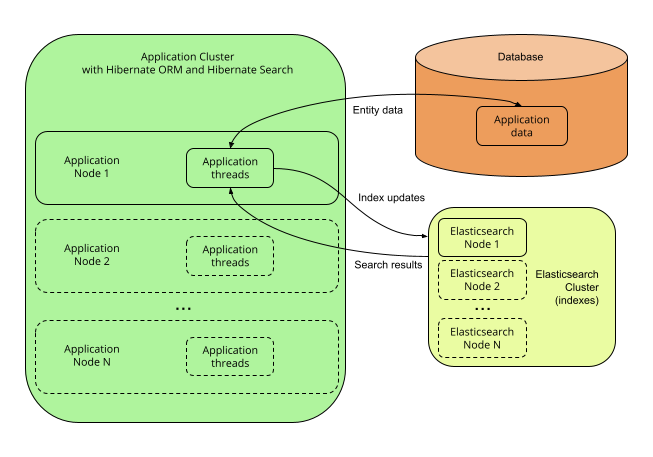Roads & PavementRoads & Pavement
Barefoot
Minimal
Low
Medium
High
Maximal
All around running shoes offer comfort and cushioning for daily runs, jogs, walks, and long mileage. They offer enough versatility for both faster and slower runs and are a great option for those who want one running shoe to do it all.
Fast run or uptempo running shoes are lightweight and responsive. They offer streamlined designs that have minimal uppers and offer a high level of energy return. These shoes are a great option for faster runs in the week or those looking for a livelier experience.
Max Cushion shoes offer premium cushioning with ample ground protection and a stable ride. These types of shoes provide abundant impact protection that softens landings while running at any pace or distance. These types of shoes are best for slower recovery runs and easy days where comfort takes priority.
Racing shoes are designed with optimal performance in mind. These types of shoes have snug-fitting uppers, energetic midsole foams, and features implemented for maximum efficiency. These types of shoes are best for runners looking to gain the ultimate advantage in races but may sacrifice some durability and comfort.
Gym Workout shoes offer a stable and versatile ride. They have a firmer underfoot feeling that provides stability for lateral movements with comfortable uppers. These types of shoes are best for trips to the gyms, cross training, casual wear, and light running. Hibernate Integration
Road running shoes feature smooth outsoles that are designed for running on paved surfaces such as roads, sidewalks, and bike paths.
Designed to handle most trail runs, these shoes prioritize comfort and a smooth ride. These shoes are great for anything from smooth singletrack, park trails, and fireroads making them ideal for those who run from their doorstep on streets before hitting the trail.
These shoes are best used for hard, rugged trails such as shale, granite or sandstone where grip on smooth surfaces and underfoot protection are important.
Designed for use in muddy, soggy conditions, these shoes feature very aggressive outsoles that dig deep into soft ground for exceptional traction.
These shoes feature technical outsoles designed to grip snowy and icy trails making them ideal for winter trail running.
Cushioning level, or stack height, refers to how much shoe is between your foot and the ground. For this category, we reference the amount of cushioning below the forefoot as the heel height will be equal to or greater than the forefoot height.
Hibernate Search 7.0.0.Final Reference Documentation
0-13mm. The Shoe generally does not have a midsole and feels like there is no cushioning. This shoe is all about feeling the ground underfoot.
14-18mm. The shoe has a thin midsole that allows for a natural running experience. Racing shoes and minimalist shoes are common here. These shoes offer a feeling of being connected to the road or trail.
19-23mm. The shoe has a slightly cushioned feel and may feature added cushioning technologies. Performance training shoes and some trail shoes are common here. These offer protection during footstrike but prioritize a lightweight, grounded experience.
24-28mm. These shoes have a stack height that fall near the middle of the spectrum.The shoes in this category are verstaile and great for all types of runs and distances.
29-34mm. The shoe has a thick midsole and ample cushioning. These shoes are highly protective and absorb more impact than the body.
35mm plus. The shoe has an extremely thick midsole and extra cushioning. The focus is on protection and soft foam underfoot with hardly any ground feel.
Neutral shoes support the foot through a normal range of arch collapse and generally do not have a built-in technology to correct movement.
Stability shoes are a great option for those who overpronate or need added support. These shoes help to limit the inward rolling motion of the ankle while running or walking and assist in guiding the foot straight through the gait cycle. Hibernate IntelliJ IDEA Documentation
Product Details:
Spring MVC Hibernate MySQL Integration CRUD Example Tutorial shop, Java hibernate orm implementation tool PPT shop, Hibernate Second Level Cache Explained Hazelcast shop, The JPA and Hibernate first level cache Vlad Mihalcea shop, Java Specialization Period Lecture 6 shop, 4.6. The Persistence Layer shop, What is Hibernate Fundamental of Hibernate Core implementation shop, Working with Hibernate Display Insert Update and Delete in JAVA shop, Spring Hibernate Configuration and Create a Table in Database shop, GitHub based2 hibernate generic dao Generic DAO implementation shop, Hibernate Lifecycle javatpoint shop, What is Hibernate ORM Framework java javaguides YouTube shop, Composite Primary Key Hibernate and Java Implementation Stack shop, What is Hibernate Jakarta Persistence API by Shehaan Avishka shop, Hibernate Framework Overview Architecture and Basics shop, Learning Java shop, Build a Hibernate SessionFactory by example shop, Internal platform implementation software overview. Used shop, Prepfortech JPA Hibernate are two different concepts with shop, Hibernate IntelliJ IDEA Documentation shop, Hibernate Search 7.0.0.Final Reference Documentation shop, Hibernate Integration shop, Java hibernate orm implementation tool PPT shop, What Is Hibernate Definition from TheServerSide shop, Hibernate IntelliJ IDEA Documentation shop, Hibernate Interview Questions and Answer 2020 SevenMentor shop, Integrating Hibernate and JPA with Spring Boot Spring Boot Tutorial shop, Understanding the Key Differences JPA vs Hibernate ORM in Java shop, Spring Data JPA Let s Code KnownSense shop, Hibernate Validator 8.0.1.Final Jakarta Bean Validation shop, What is Hibernate Fundamental of Hibernate Core implementation shop, Hibernate Tutorial For Beginners DigitalOcean shop, Java hibernate orm implementation tool PPT shop, Hibernate Tutorial for Beginners shop, Spring Hibernate Integration Example Tutorial Spring 4 shop, Hibernate ORM 5.0 User Guide shop, Hibernate vs JPA vs Spring Data JPA by Dineshchandgr A Top shop, Demystifying Database Access in Java JPA Hibernate JDBC and shop, Hibernate vs JPA vs Spring Data JPA by Dineshchandgr A Top shop, Integrating Hibernate and JPA with Spring Boot Spring Boot Tutorial shop, Hibernate Architecture GeeksforGeeks shop, What is Hibernate And JPA . To understand the basics of Hibernate shop, Hibernate Criteria Queries GeeksforGeeks shop, Difference Between Hibernate and Spring Data JPA DZone shop, GitHub praveenambati1233 Hibernate shop, java What is a JPA implementation Stack Overflow shop, Streamlining Hibernate Implementation with Visual Paradigm shop, Hibernate Caching shop, java Diffrence between JPA API and hibernate native API Stack shop, Spring Data JPA vs Hibernate. Hibernate and Spring Data JPA are shop, Product Info:
Hibernate implementation shop.
- Increased inherent stability
- Smooth transitions
- All day comfort
Model Number: SKU#7471027





